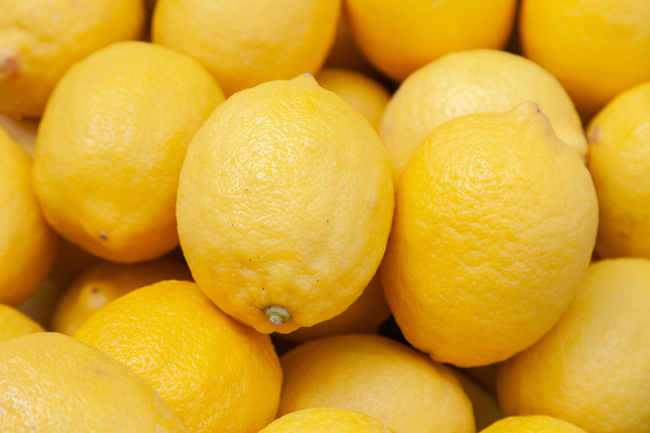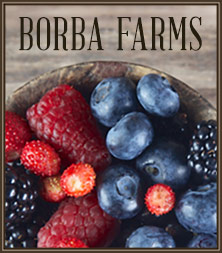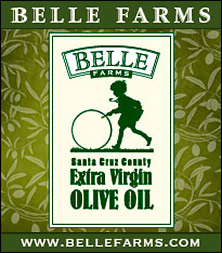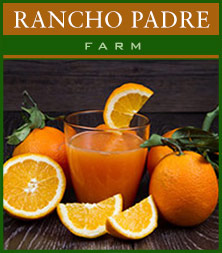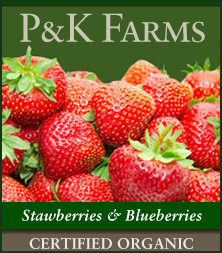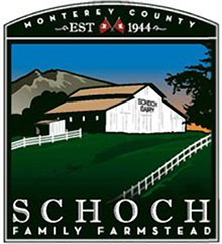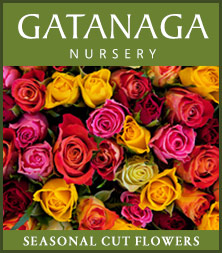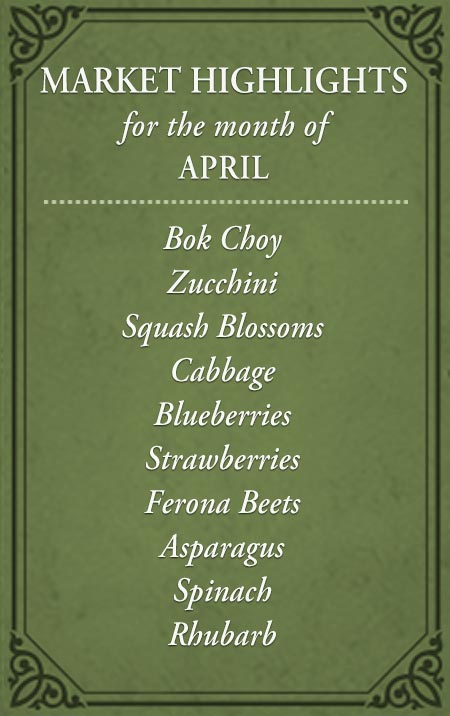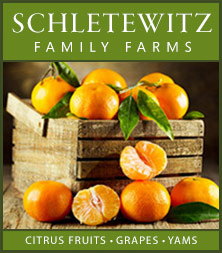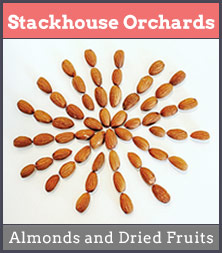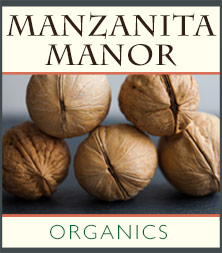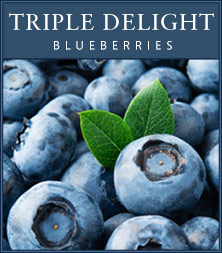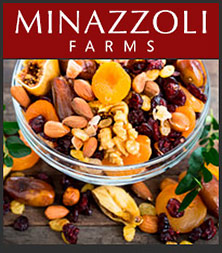It’s officially lemon season, and the farmers markets are overflowing with both Eureka and Meyer lemons. Whether you’re making salad dressings, marmalades, or brightening up winter soups, there’s nothing like the zing of freshly picked lemons.
Did you know lemons are technically a berry? Cultivated for centuries in the Mediterranean, they’ve made their way into cuisines all over the world. Today, California and Arizona grow about 95% of the U.S. lemon crop, and a mature lemon tree can yield nearly 600 pounds of fruit a year—plenty of citrus sunshine!
Eureka vs. Meyer: What’s the Difference?
- Eureka lemons, first developed in California in 1858, are considered the “true lemon.” They’re bright, tart, and the classic choice for lemonade, lemon bars, and savory dishes.
- Meyer lemons were introduced to the U.S. in 1908. A natural hybrid between a lemon and a mandarin orange, they’re thinner-skinned, sweeter, and less acidic. Perfect for cocktails, desserts, and salad dressings, Meyer lemons shine where you want a gentler citrus flavor.
Fun Lemon Facts
- The average lemon holds about three tablespoons of juice (tip: roll it on the counter to get the most out of it!).
- Lemon trees can grow up to 20 feet tall and the average lemon contains about eight seeds.
- Vitamin C powerhouse: lemons are richer in citric acid than oranges or grapefruits and also contain calcium, potassium, and B vitamins.
- The heaviest lemon on record weighed in at a whopping 11 pounds, 9.7 ounces in 2003!
Seasonal Enjoyment
While both Meyer and Eureka lemons can be found year-round, they’re harvested most heavily from December through May—making winter the brightest season for citrus lovers.
RECIPES: Click here for our favorite lemon recipes!


